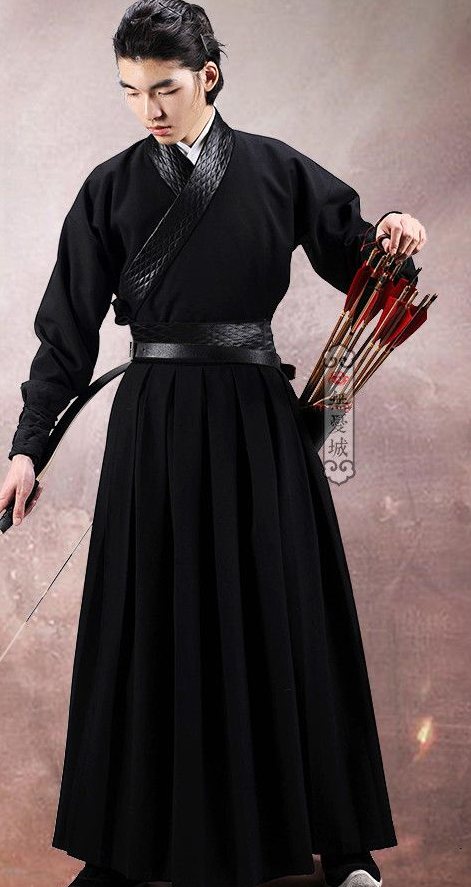Dressed in Hanfu
Happy journeying with Hanfu!
I whisper China's ancient names - Jiuzhou, Huaxia, Shenzhou - each opens up a shimmering portal. Through the passage of time, I wander, journeying through 5,000 years of Ancient China.
Dressed in Hanfu
Take the header builder to a new level with new awesome components: socials, contact, breadcrumbs and many more.
Give a huge boost to your entire blogging experience with features specially designed for increased user experience.
Leverage the true flexibility of Elementor with powerful addons and templates that you can import with just one click.

Click edit button to change this text. Lorem ipsum dolor sit amet, consectetur adipiscing elit. Ut elit tellus, luctus nec ullamcorper mattis, pulvinar dapibus leo.
Click edit button to change this text. Lorem ipsum dolor sit amet, consectetur adipiscing elit.
Take the header builder to a new level with new awesome components: socials, contact, breadcrumbs and many more.
Give a huge boost to your entire blogging experience with features specially designed for increased user experience.
Leverage the true flexibility of Elementor with powerful addons and templates that you can import with just one click.
Empower your online store with awesome new features, specially designed for a smooth WooCommerce integration.
Simple but effective module to help you navigate back to the top of the really long pages.
For any developer or agency out there building websites for their own clients, we’ve made it easy to present the theme as your own.
Click edit button to change this text. Lorem ipsum dolor sit amet, consectetur adipiscing elit. Ut elit tellus, luctus nec ullamcorper mattis, pulvinar dapibus leo.






